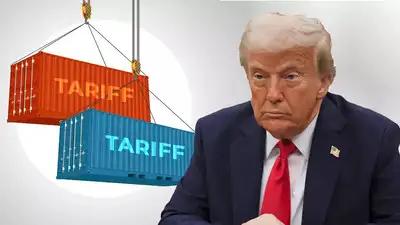India's Agricultural Exports: A Resilient Force Amidst Trump's Tariffs
Despite the recent implementation of Donald Trump's reciprocal tariffs, India's agricultural exports, particularly seafood and rice, are expected to remain largely unaffected. Distinguished agricultural economist Ashok Gulati highlights the comparative advantage Indian exporters hold over competitors facing higher tariffs.

Comparative Tariff Advantages
Gulati points out that while India faces a 26% tariff, competitors like China, Vietnam, and Bangladesh encounter even higher barriers, giving India an 8% comparative advantage. This positions India favorably in the global market, especially in sectors like shrimp and rice exports.
Short-term Challenges vs. Long-term Gains
Initial setbacks are anticipated, particularly for shrimp exports due to Ecuador's lower tariffs. However, India's superior bulk handling and packaging quality are expected to secure its market position in the long run. Similarly, rice exports may slow temporarily but are predicted to regain momentum.
Market Opportunities Ahead
With competitors facing higher tariffs, India has the potential to capture additional market share. Gulati's analysis suggests that the long-term outlook for India's agricultural exports to the US remains positive, despite the current tariff landscape.









Comments